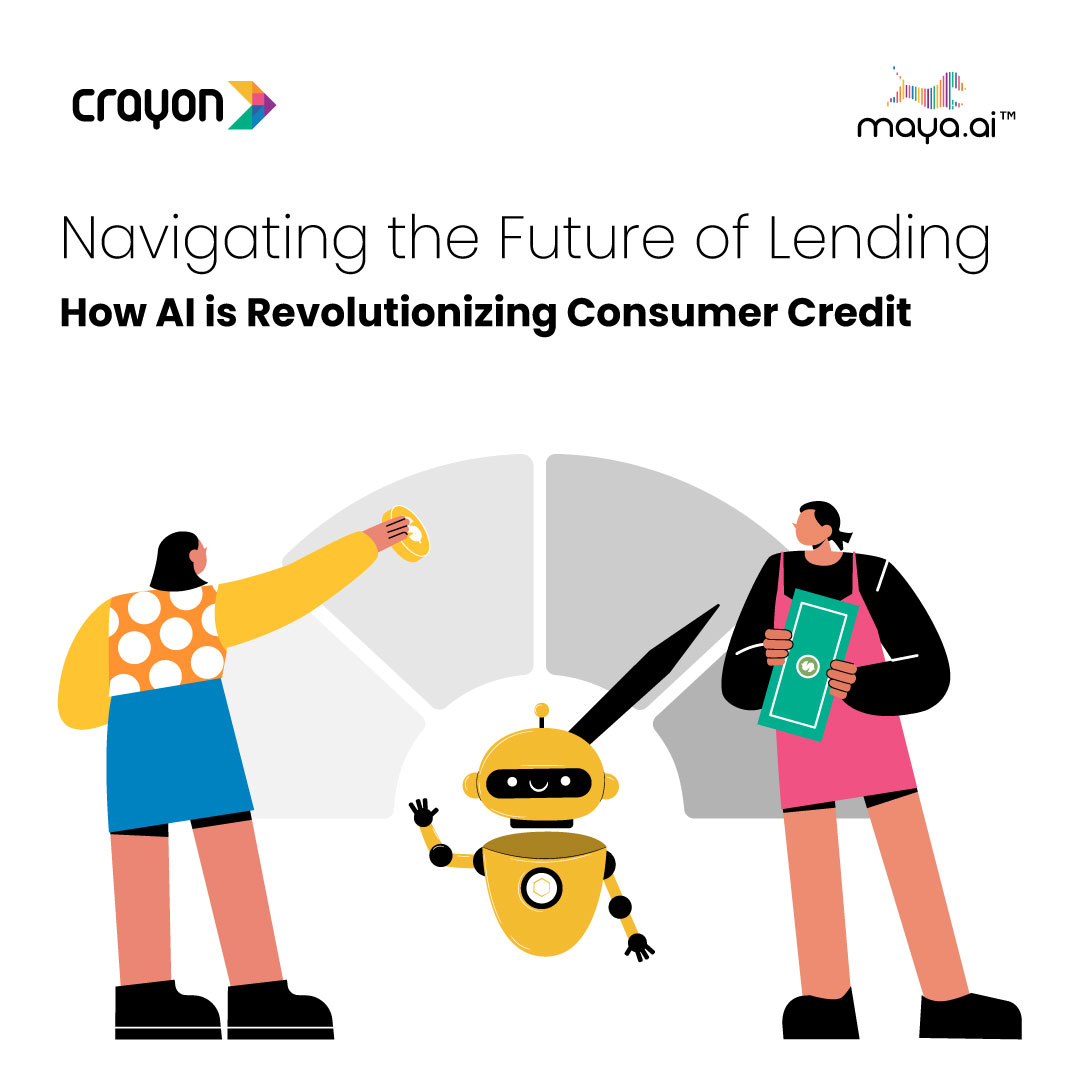Advancements in technologies, bigger data sets, and predictive analytics have changed the game for the insurance industry. For those who want to compete, data-driven marketing approaches must drive every customer engagement strategy.
According to research by Applied systems, insurers understand the huge advantage data and technology bring to the table with 50% of insurance executives prioritizing technology investments to capture new client insights over the next 3 years. IDC analyst Tomasz Sloniewski said it best with his statement, “Information is money. The ability to extract the right information at the right time holds an immense value and should be the goal of every executive, manager and employee.”
Analyzing customer data allows insurers to gain new insights into how to better serve clients and attract new ones. These enhanced data-driven insights result in increased revenue and policy retention and ultimately more profitable client relationships. According to McKinsey & Company, companies that use data analytics extensively are more than twice as likely to generate above-average profits.
While few insurers lack some kind of analytical capabilities, many are still challenged to make the transition into becoming a data-driven enterprise. One of the biggest steps is to be able to access and analyze the right data into a consolidated customer view. With so much data being generated as consumers research, travel through various stages of the purchase journey – and even move back and forth between stages – it’s no wonder that the insurance industry is challenged to find the right insights at the right time to optimize customer engagement strategies.
Data quality and integration
The insurance industry is deeply dependent on data. However, if this data is scattered throughout in the enterprise and stored in disconnected information siloes, there is no single source of reliable information. In a survey of more than 550 commercial insurance underwriters, Accenture found that 81 percent of these individuals said doing without data integration solutions has caused even mundane procedures to be more time-consuming.
A study by SMA (Strategy Meets Action) points out a variety of reasons hindering data-driven approaches. According to the research, these include:
Multiple legacy systems: Many insurers have multiple legacy systems which run business processes on old policy, billing, and claims systems.
Disparate data: Many insurance organizations continue to work with siloed data systems, with separate departments or business lines managing their own systems and data. Integrated and analyzing data related to areas such as customers, products, and claims is crucial for gaining a better understanding of enabling strategic decisions.
Poor data quality: Poor data quality may include a variety of inaccuracies such as inaccurate data records, wrong data such as bad email addresses or phone numbers, or missing data elements. Data cannot be used as an asset unless it is of high quality and up-to-date.
Data must be managed a corporate asset by implementing a technology platform to continually manage data quality, enhance missing elements and integrate disparate sources. With accurate records of customers, insurers can access the most relevant information to streamline decision making and optimize conversions.
Third-party data enhancement
Because data is such an important resource for the insurance industry, managing and integrating data sets is an important first step to transform data into information. However, this data is meaningless unless it is augmented with valuable third-party data enhancement to improve customer relationships and enhance acquisition strategies. Most insurers already classify customers according to some type of key demographic attributes, such as age, occupation and zip code.
Additional consumer demographics can be appended by a third-party vendor who aggregates and sources these data sets to compile additional consumer insights which may be missing from customer or prospect records. Data may be aggregated from sources including public records, phone directories, U.S. Census data, consumer surveys, and other proprietary sources. Examples of the types of consumer data select that can be appended to your database include date of birth, home ownership, occupation, gender, estimated income, age, telephone number, credit card, hobbies, language spoken, purchase behavior, lifestyle interests, the presence of children, and investments.
In addition to demographic enhancement, segmentation strategies must go further to examine a broad array of characteristics such as lifestyle, hobbies, social patterns, channel preferences, or life events. One example is a national life insurance company who knows that 41% of life insurance purchases are motivated by life stage events. Armed with this knowledge, they examined potential data sources such as baby shower registries (arrival of a new child), wedding registries (inclination of customers to plan ahead for spouse’ sake), or various social signals that indicate retirement or improved financial state that places individuals in a primed mental state to receive advertisements on life insurance.
A third-party data provider can also ensure your customer and prospects records have the correct contact information, such as verified email addresses. An average of 30% of subscribers changes e-mail addresses each year. E-mails go bad, and customers move and change their e-mail. Or as is often the case, you may have a huge list of prospects and customers — you know their name, where they live but have no e-mail address on file.
By using an e-mail append service, you can add these missing e-mail addresses to your customer file. Your customer records, which most likely already consist of names and postal addresses, are matched against a third-party database to produce a corresponding e-mail address.
One of the most often overlooked components of e-mail marketing is e-mail validation and verification. When sourcing new e-mail addresses, a good e-mail append provider will run these addresses through a validation and hygiene process to ensure your newly acquired e-mails are clean and deliverable. The validation process identifies addresses known to be associated with spam traps, invalid e-mails and domains, role accounts, complainers, and known hard-bounces. This process also removes duplicate e-mails and corrects formatting errors.
Leverage your data with analytics
According to Accenture research, 43 percent of CMOs expect marketing analytics to be a core competency of marketing over the next five years. Analytics solutions help in understanding customer retention opportunities by examining costs, risks, and pricing. Claims analytics cuts down decision-making time and can reduce errors by examining a range of data – both structured and unstructured. Fraud analytics helps insurers cut costs, boost margins, increases customer satisfaction and lower litigation costs.
Many insurance carriers have developed in-house analytic capabilities for simple reporting, but with the proliferation of more data and a fast-paced competitive environment, insurance companies are turning to third-party providers for help. According to a report by Everest Company, adoption of third-party analytics in insurance is expected to quadruple its current size by 2020.
Virtually every industry, from manufacturing and retail to healthcare and education, has found a use for the ever-growing labyrinth of data resources. The insurance industry is certainly no exception in the Big Data revolution. An Ernst and Young 2015 Global Insurance Outlook report states, “Insurers across all regions are capitalizing on data analytics, cloud computing, and modeling techniques to sharpen their market segmentation strategies, reduce claims fraud and strong underwriting and risk management.”
Many insurers are implementing data resources, technology and analytics to streamline business processes and develop better insight into customers. The market leaders will be those who develop a keen understanding of their brand, the competitive landscape, and the opportunities that can be harnessed in the new business environment.




